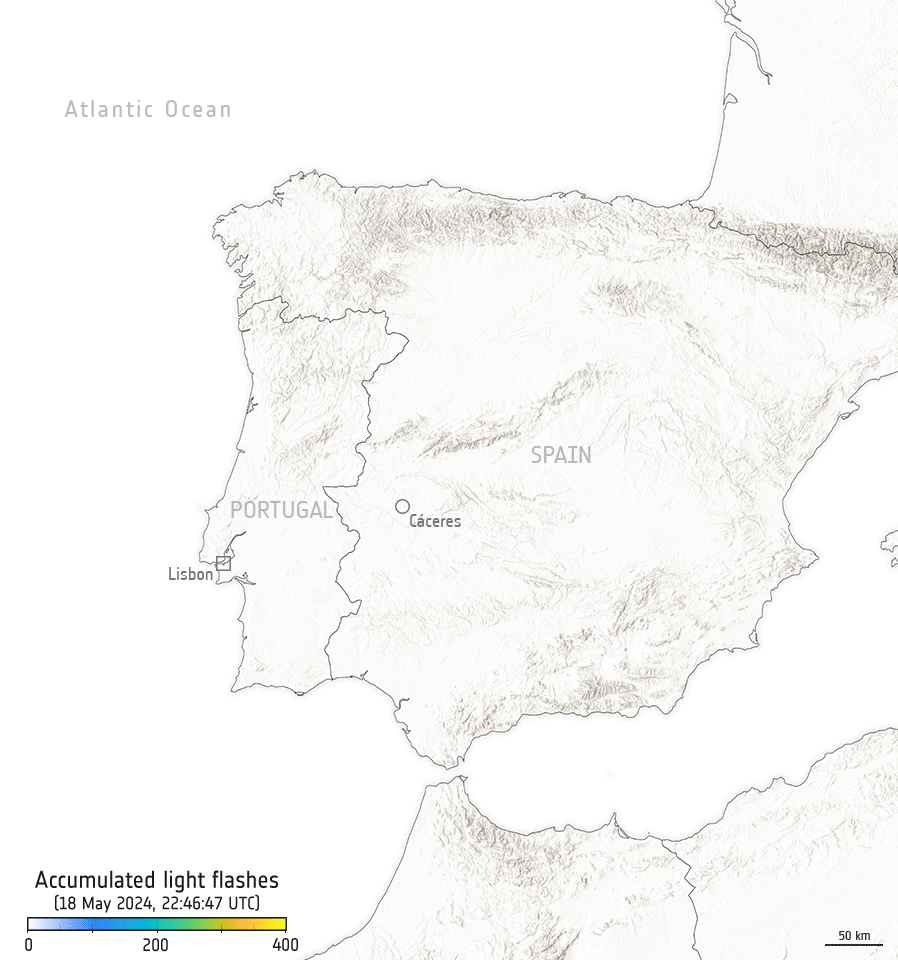Redwire to lead Mars imaging study for NASA
Wednesday, 22 May 2024 13:19 Redwire Corporation (NYSE: RDW), a leader in space infrastructure, has been awarded a NASA/JPL contract to study a Redwire-led commercial Mars spacecraft. The project will use Redwire's spacecraft technology to provide surface imagery for industry and government customers, potentially supporting future Mars exploration missions.
"This presents an exciting opportunity to advance scientific
Redwire Corporation (NYSE: RDW), a leader in space infrastructure, has been awarded a NASA/JPL contract to study a Redwire-led commercial Mars spacecraft. The project will use Redwire's spacecraft technology to provide surface imagery for industry and government customers, potentially supporting future Mars exploration missions.
"This presents an exciting opportunity to advance scientific ASU researchers address methane mystery of exoplanet
Wednesday, 22 May 2024 13:19 In the effort to understand a warm gas-giant exoplanet, Arizona State University researchers have helped uncover its secrets.
WASP-107b has puzzled astronomers for some time, but recent findings with NASA's James Webb Space Telescope and the Hubble Space Telescope have provided new insights into its unusual characteristics.
A key revelation in the exploration of WASP-107b is the unex
In the effort to understand a warm gas-giant exoplanet, Arizona State University researchers have helped uncover its secrets.
WASP-107b has puzzled astronomers for some time, but recent findings with NASA's James Webb Space Telescope and the Hubble Space Telescope have provided new insights into its unusual characteristics.
A key revelation in the exploration of WASP-107b is the unex NASA Tool Gets Ready to Image Faraway Planets
Wednesday, 22 May 2024 13:19 A technology demo on the Nancy Grace Roman Space Telescope will help increase the variety of distant planets scientists can directly image.
The Roman Coronagraph Instrument on NASA's Nancy Grace Roman Space Telescope will help pave the way in the search for habitable worlds outside our solar system by testing new tools that block starlight, revealing planets hidden by the glare of their pa
A technology demo on the Nancy Grace Roman Space Telescope will help increase the variety of distant planets scientists can directly image.
The Roman Coronagraph Instrument on NASA's Nancy Grace Roman Space Telescope will help pave the way in the search for habitable worlds outside our solar system by testing new tools that block starlight, revealing planets hidden by the glare of their pa Complete Stellar Collapse: Unusual Star System Shows Quiet Death of Stars
Wednesday, 22 May 2024 13:19 University of Copenhagen astrophysicists have presented evidence that massive stars can collapse into black holes without a supernova explosion. Their study focused on a binary star system, VFTS 243, which suggests that stars can completely collapse under their own gravity.
Massive stars usually end their lives in supernova explosions, ejecting energy and mass into space. However, this new
University of Copenhagen astrophysicists have presented evidence that massive stars can collapse into black holes without a supernova explosion. Their study focused on a binary star system, VFTS 243, which suggests that stars can completely collapse under their own gravity.
Massive stars usually end their lives in supernova explosions, ejecting energy and mass into space. However, this new First trial of China's low-orbit broadband satellite internet in Thailand
Wednesday, 22 May 2024 13:19 A private Chinese commercial space company, in collaboration with a Thai university, has conducted the first trial of a low-orbit satellite internet broadband communication network successfully in Thailand.
The trial represents the initial overseas use of China's low-orbit broadband satellite internet.
GalaxySpace, a satellite manufacturer based in Beijing, established a ground test
A private Chinese commercial space company, in collaboration with a Thai university, has conducted the first trial of a low-orbit satellite internet broadband communication network successfully in Thailand.
The trial represents the initial overseas use of China's low-orbit broadband satellite internet.
GalaxySpace, a satellite manufacturer based in Beijing, established a ground test NASA analyzes cost-effective methods to manage orbital debris
Wednesday, 22 May 2024 13:19 New data from NASA and its partners suggests more cost-effective strategies for addressing orbital debris.
A report by NASA's Office of Technology, Policy, and Strategy (OTPS) offers new insights into measuring the risks from orbital debris.
"Growing activity in Earth's orbit has brought us everything from faster terrestrial communications to a better understanding of our changing cl
New data from NASA and its partners suggests more cost-effective strategies for addressing orbital debris.
A report by NASA's Office of Technology, Policy, and Strategy (OTPS) offers new insights into measuring the risks from orbital debris.
"Growing activity in Earth's orbit has brought us everything from faster terrestrial communications to a better understanding of our changing cl Karman Space and Defense launches new website and tagline*
Wednesday, 22 May 2024 13:19 Karman Space and Defense ("Karman"), a solutions provider for complex industry challenges, announces the launch of its redesigned website and new tagline "Impossible Ends Here." The new site features a fresh look, color palette, and typefaces.
Karman leads in technological advancement and mission success by integrating engineering, design, and analysis for system development with in-house
Karman Space and Defense ("Karman"), a solutions provider for complex industry challenges, announces the launch of its redesigned website and new tagline "Impossible Ends Here." The new site features a fresh look, color palette, and typefaces.
Karman leads in technological advancement and mission success by integrating engineering, design, and analysis for system development with in-house First crewed Boeing Starliner flight delayed again
Wednesday, 22 May 2024 12:52
The first crewed launch of Boeing's Starliner spacecraft to the International Space Station has again been delayed, according to NASA, with no new date immediately set.
"The next possible launch opportunity is still being discussed," the US space agency said in a statement Tuesday.
The postponement of the launch, which had been set for Saturday, marks the third delay this month for the highly anticipated mission, which would allow NASA to certify a second commercial vehicle to carry crews to the ISS, beyond Elon Musk's SpaceX.
Earlier this month, the Starliner launch was postponed just hours before liftoff, with the astronauts already strapped in, due to a separate technical issue.
Then last week, another delay was announced to allow teams to further assess a helium leak linked to the service module, which sits on top of the rocket.
"The team has been in meetings for two consecutive days, assessing flight rationale, system performance, and redundancy," NASA said Tuesday. "There is still forward work in these areas."
The postponements come as the Starliner program faces years of delays and at a challenging time in general for Boeing, which is separately facing safety questions around its commercial aviation arm.
ESA and the EU update their Security of Information Agreement
Wednesday, 22 May 2024 11:13
Keeping information secure in today’s interconnected world is becoming ever more important. ESA and the EU have amended their security of information agreement, reinforcing their trusted partnership.
Fireball witnessed by weather satellite
Wednesday, 22 May 2024 07:39
While a meteor lit up the skies over Spain and Portugal recently, it was also captured by the Meteosat Third Generation Imager weather satellite hovering 36,000 km away in geostationary orbit.
SpaceX launches NRO’s first batch of next-generation spy satellites
Wednesday, 22 May 2024 07:20

Dominican Republic considering its own commercial spaceport
Wednesday, 22 May 2024 03:01

SpaceX nears next Starship test flight as Starbase expansion continues
Tuesday, 21 May 2024 21:29






